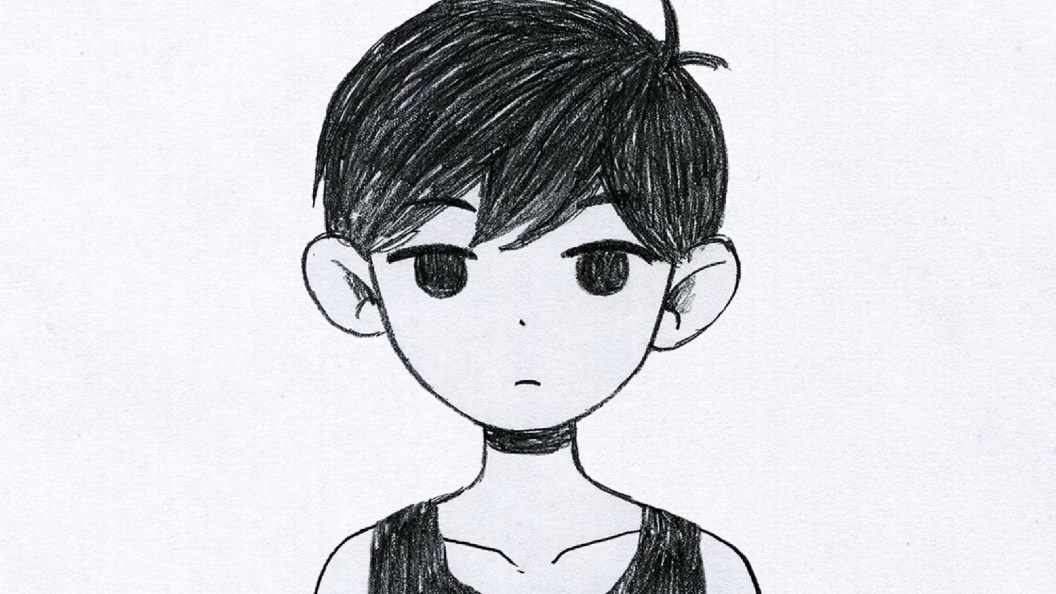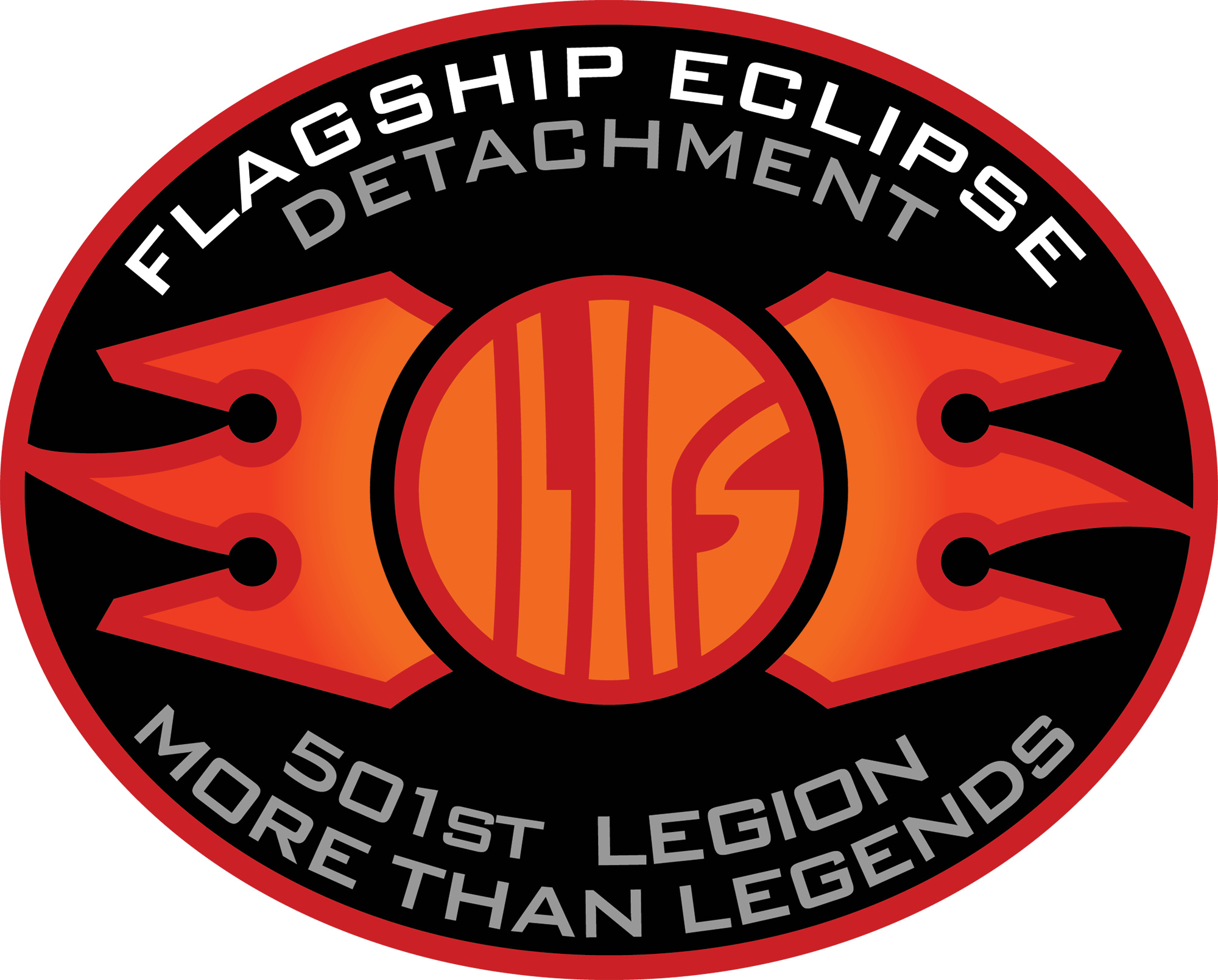
Ever played a game with cute cartoony visuals only to find out later it’s a horror story? That’s arguably the best type of video game genre. These are experiences that blindsided you. They make you believe you’re playing an action game or something of the sort. But when you’re finally deep enough, it turns out you’re the one being hunted.
If you love unique horror games that misdirect you, there are loads of them you should try out next. From adorable anime worlds where you are being stalked by a murderer, to underwater simulators where creatures lurk in the depths, these are seven horror games that will fool you into believing otherwise.
Omori
Sunny is a hikikomori, a person withdrawn from social life. He’s dreamt up an entire world in his “Headspace” as well as his alter ego, the titular Omori, whom he lives out his days as. You, as the player, control Omori and his group of friends as they travel through the dream world. You face Omori’s – or rather Sunny’s – fears and memories. Along the way, you’ll make decisions that will influence the ending, too.
The basic premise of Omori is depressing. But when you’re first greeted by the cheerful pixel art and hand-drawn illustrations, you’d guess otherwise. It’s only after you keep on playing that concepts like disturbing psychological horror creep into the narrative. At first glance, you might think Omori’s a pixelated turn-based RPG. However, at a certain point in the storyline, eerie audiovisual cues start to create an unsettling atmosphere. And afterward, uneasy narrative twists will leave you second-guessing your bright assumptions.
Subnautica
Subnautica is an open-world survival game. Players have crash-landed on an oceanic planet and must gather resources and survive. Subnautica features rich underwater exploration, base-building mechanics, and combat against enemy monsters. There’s also a storyline that players can advance by completing specific objectives.
In name, Subnautica is a survival sim. However, its setting is a little too scary at times. You’re alone on an unknown planet. When you go underwater, darkness stretches on all sides, and giant alien sharks can come and gobble you up at any moment. The vastness of the ocean and your isolation create a sense of unease and fear of the unknown. It’s the anxiety that makes it so scary.
At its core, Subnautica is a survival exploration game. But because there are monsters in the dark underwater environment, you always feel uneasy. Subnautica creates so much psychological tension that you will think of it as purely a horror game.
MiSide
MiSide is a psychological horror game, but it doesn’t look anything like it. The cute anime visuals and tender voice acting all serve as a major misdirection for one of the biggest twists in video game history. The story starts off simple with the protagonist playing a social simulation game called MiSide. A couple of days later, they’re teleported inside the game world and meet MiSide’s character, Mita, in person.
You’ll find that Mita treats you very well. But as time goes by, you start hearing strange noises that are perhaps a call for help. Mita’s actions also begin to become strange. Shortly after, players encounter a second version of Mita called Kind Mita. Kind Mita explains that the version of her you met is Crazy Mita, a serial killer, whose core you must reboot.
That’s when the real story begins, and Crazy Mita methodically tries to eliminate the player. MiSide quickly goes from being a cute anime game to a survival simulation. Its art style will initially hook you in. When it does, the cat and mouse storyline where you’re the mouse will keep you on the edge of your seat.
Little Misfortune
Eight-year-old Misfortune Ramirez Hernandez lives in an abusive household. One day, a strange voice claims she’ll die today and invites her to play a game where she can win eternal happiness. Misfortune agrees to participate and sets out on a journey, following what the voice says, and learning more about life in the process.
As the story unfolds, Misfortune is exposed to concepts like death, drug abuse, and many more things an eight-year-old shouldn’t know. The backdrop is often filled with creepy characters. The visuals become horrific at times and are followed by long sequences of build-up that put you in anticipation of a jump scare. Little Misfortune has a scrapbook-like, lighthearted visual aesthetic. The art style, as well as Misfortune being a little girl, seems too innocent a combination. But in reality, once you start playing Little Misfortune, you realize how deeply disturbing everything is.
Doki Doki Literature Club!
As the protagonist, you are invited by your friend Sayori to join the school’s literature club. When you eventually do so, you’ll meet a team of femme fatales named Yuri, Natsuki, and Monika. At first, the usual book reading and poem writing routine of the group continues. You’re put in several steamy situations with the cast and even prompted to confess your feelings to anyone you like. However, right after that, the plot takes a terrifying turn. The game starts breaking the fourth wall, characters start acting strangely, a suicide occurs, and many more horrifying scenes happen.
Doki Doki Literature Club! gives off the impression of being a lighthearted dating sim. In reality, though, it’s actually one of the most psychologically intense visual novels. Not only is the story troubling, but it also features branching pathways. Your choices shape the ending, but most of them are as depressing as it can get. Doki Doki Literature Club! might have cute anime visuals, but it’s one depressing horror game that will leave you shaken.
Don’t Starve
Don’t Starve is a 2D survival game. It has action, a sense of adventure, and many more themes. You can’t say it’s strictly horror. But then it also has so many horror elements that you also can’t not classify it as a horror game. When you’re out roaming around the open-world looking for resources, you’ll encounter many monsters. Spiders, giant frogs, and tall one-eyed scary monsters all roam The Constant world.
But the most horrifically delicious thing about Don’t Starve is its signature Tim Burton-esque art style. The art follows a consistently moody, dark, and eerie theme. Some areas are minimally lit, others are infested with spider dens. Besides the haunting environment, there are also the hunger, health, and sanity gauges. As they go down, your character is affected by symptoms like starvation and hallucinations. Monster silhouettes appear on-screen, and things quickly become a nightmare. From all the adventure-survival games ever made, Don’t Starve is the best at seeming cartoony but actually being creepy.
Bendy and the Ink Machine
An unusual letter brings retired animator Henry Stein back to his old workplace. When he arrives, he notices that the facility is haunted by some sort of paranormal activity. The titular Ink Machine turns out to be the cause of it all. The machine is creating ink monsters and bringing Stein’s old cartoons to life.
When you enter the facility, Bendy and the Ink Machine feels like a narrative adventure game with vintage visuals. The kids’ cartoons look wonderful to look at. But when you meet their real-life bloodthirsty versions, that is when things become wicked. Some of the ink creatures have big smiles on their faces, while others are outright terrifying to look at. Bendy and the Ink Machine has lots of action and puzzle-solving. But considering the number of jump scares, creepy narrative, and frightening enemy designs, it might as well have been a horror game.
The post 7 Horror Games That Don’t Look Like Horror Games appeared first on ComicBook.com.

